Turning astrophysical data into audio has led to all sorts of surprising discoveries, from micrometeoroids bombarding spacecraft to lightning on Saturn. Now, there is a push to get more astronomers to use sonification.
Category: climatology – Page 81

A Startup Has Begun Releasing Chemicals Into the Stratosphere
Recently, a start-up company called Make Sunsets has begun releasing chemicals into the stratosphere as a form of geoengineering that is intended to help climate change. However, many are very hesitant about the startup and the result of what they are doing.
For perspective, geoengineering is when chemical particles are released into the stratosphere to manipulate the weather or climate. The theory is that when sulfur is released into the atmosphere that it mimics a natural process that occurs after volcanoes and that by doing this intentionally, we could ease global warming.
While it isn’t difficult to do this, it is very controversial. The reason for this is that it could potentially have dangerous side effects. Additionally, because some regions could endure worse side effects, it could cause issues across international lines.
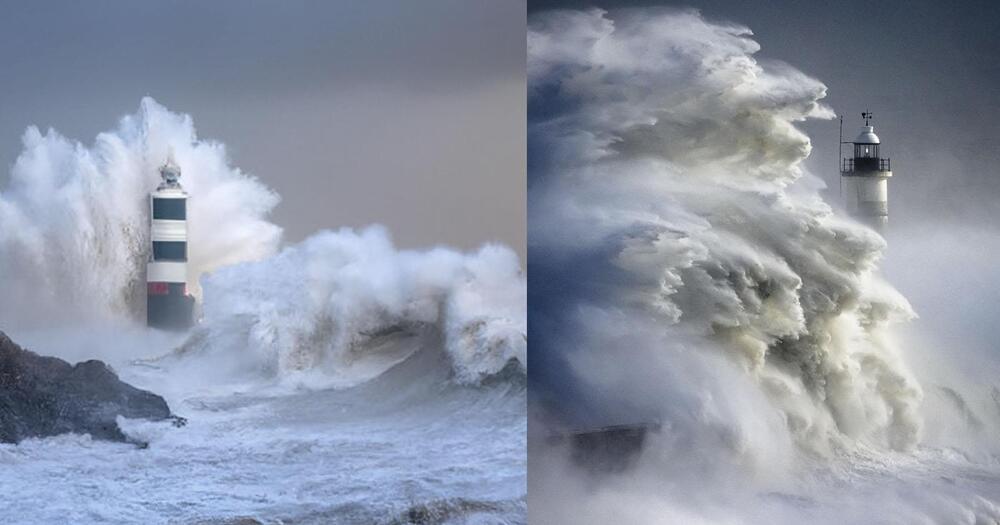
Can AI Win a Photography Competition? Take the Turing Test
The Royal Meteorological Society, which runs the Weather Photographer of the Year competition, has posed an intriguing question: Can artificial intelligence (AI) win a photography competition?
To answer this, the Society drew up a Turing test in which the viewer is invited to guess which is an AI image and which is an actual award-winning photo.
The Turing test, created by Alan Turing in 1950, is a test of a machine’s ability to exhibit intelligent behavior indistinguishable from a human.
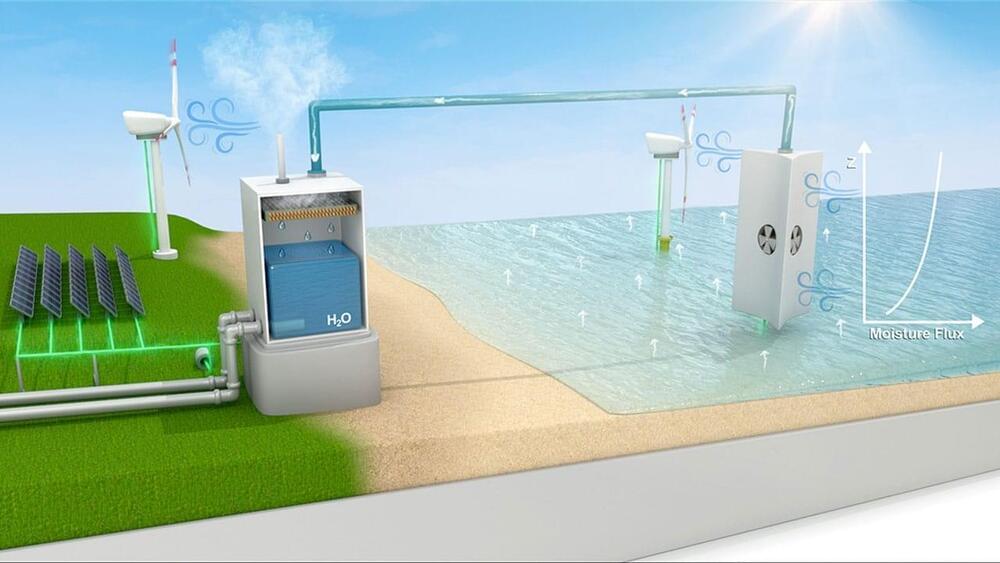
Newly proposed method harvests untapped sources of fresh water
While significant parts of the globe are already facing significant freshwater scarcity, the need for more freshwater is projected to increase in order to sustain the increasing global population and economic growth and adapt to climate change.
An almost limitless supply of fresh water exists in the form of water vapor above Earth’s oceans, yet remains untapped. Now, researchers at the University of Illinois Urbana-Champaign (UIUC) have proposed a new infrastructure capable of harvesting oceanic water vapor as a solution to limited supplies of fresh water in various locations around the world.
The study evaluated 14 water-stressed locations across the globe for the feasibility of a hypothetical structure capable of capturing water vapor from above the ocean and condensing it into fresh water – and doing so in a manner that will remain feasible in the face of continued climate change.

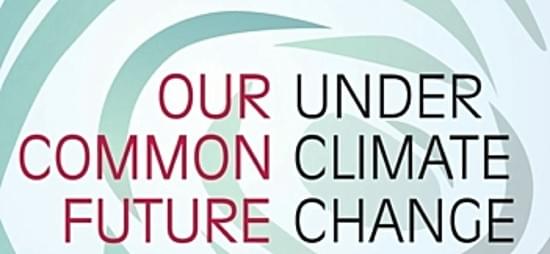
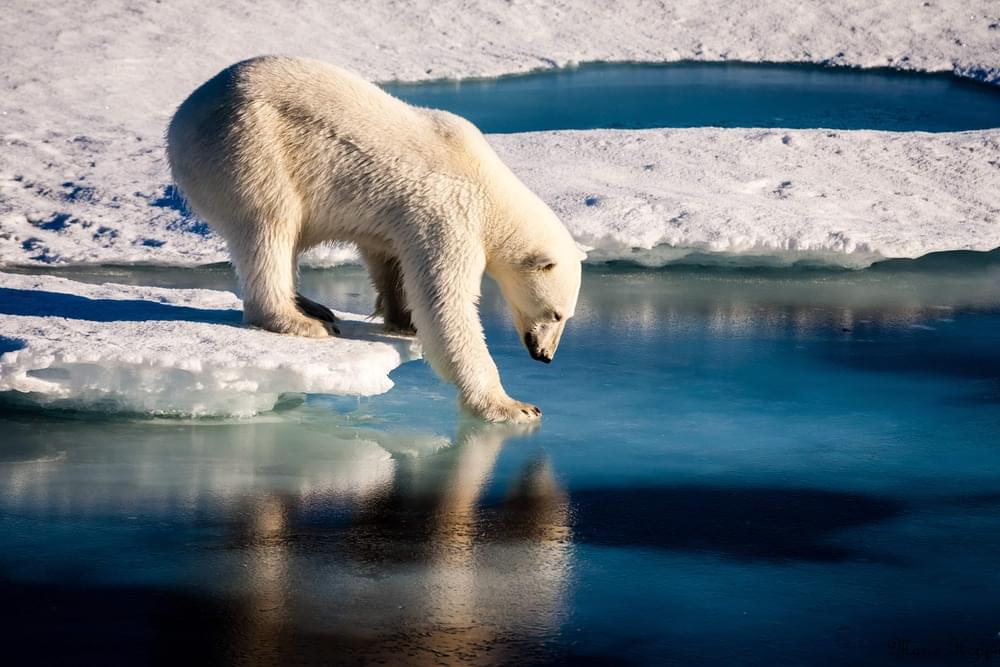
Polar bear population dwindling at alarming rate in Canada: Report
A new survey conducted by the Canadian government has found that polar bears in the country’s Western Hudson Bay, are dying at alarming rates. The researchers aerially surveyed the Bay and its nearby town of Churchill also referred to as the ‘Bear capital of the World’ in 2021 and found there were 618 bears only, compared to 842, five years ago when last counted.
The survey added that a significant decline has been noted in the population of adult female bears and cubs between 2011 and 2021.
“The observed declines are consistent with long-standing predictions regarding the demographic effects of climate change on polar bears,” said the researchers.
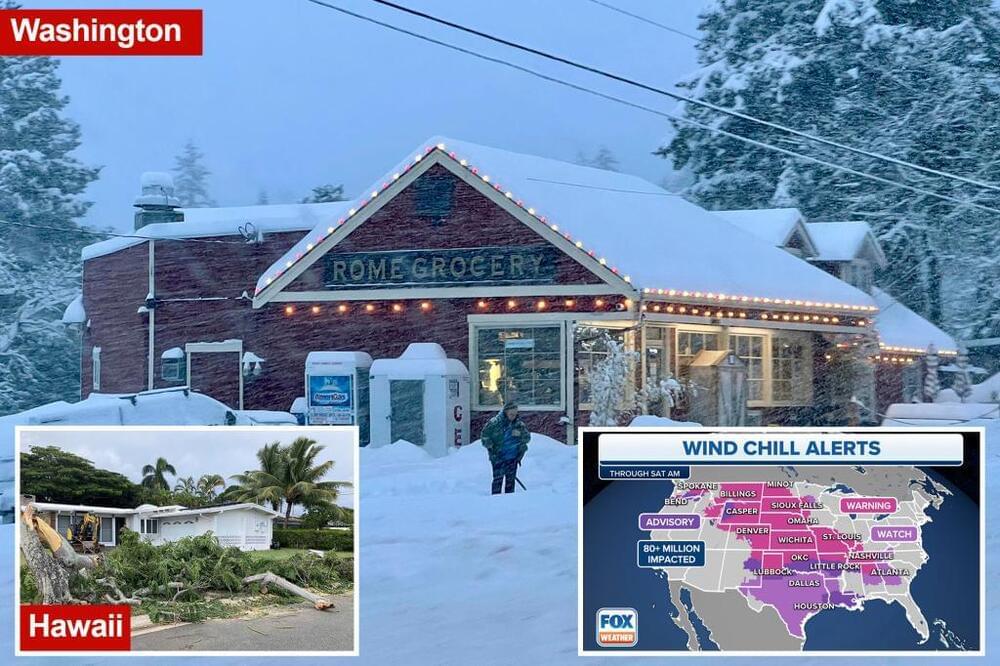
‘Bomb cyclone’ storm to bring ‘life-threatening’ cold to US, millions under alert
Millions of Americans are under critical weather alerts as a major winter storm is set to bring “life-threatening” cold temperatures and powerful winds to large swaths of the nation — with the mercury expected to drop as low as minus 20 degrees across the Midwest and Great Lakes.
More than 80 million Americans — spanning from coast to coast — are under various forms of wind chill alerts, according to FOX Weather meteorologist Christopher Tate.
“We could see wind gusts of 40 to 50 mph,” he told The Post on Wednesday. “I wouldn’t be surprised if we see an occasional gust of 60 along the coast.”
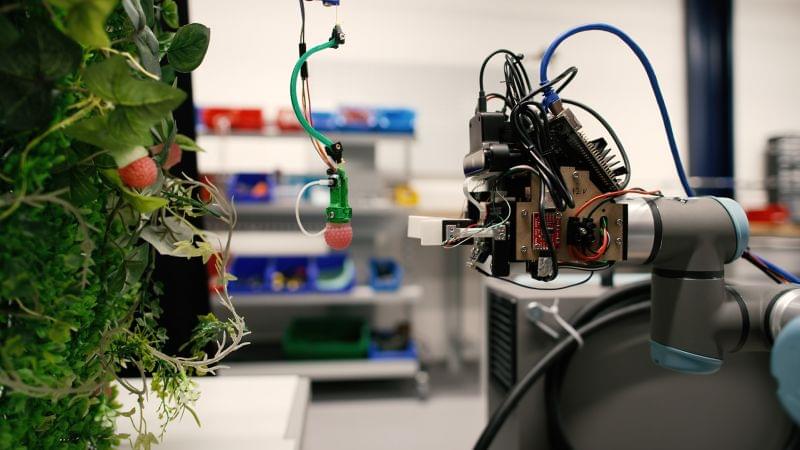
This mechanical engineer is building robots to harvest raspberries
Around 38% of the world’s total landmass is used for agriculture – yet hunger is worsening, and food security is in crisis, threatened by pressures including climate change, conflict and global recessions.
While there’s no one-stop solution, technology can help to fill some of the gaps. Mechanical engineer Josie Hughes is on a mission to show how robotics can play a role in our everyday lives, particularly when it comes to food. Starting with LEGO robots as a child, the Cambridge graduate now leads the Computational Robot Design & Fabrication Lab (CREATE) at the Swiss Federal Institute of Technology Lausanne (EPFL), where she’s one of the youngest researchers to join as a tenure-track assistant professor.
One of her innovations, a raspberry-picking robot powered by artificial intelligence, could help make farming more efficient and cost-effective, and solve labor shortages – which in the UK alone left £60 million ($74 million) worth of fruit and vegetables rotting in fields this summer. CNN spoke with Hughes about her research, and when robots might be harvesting your next meal.
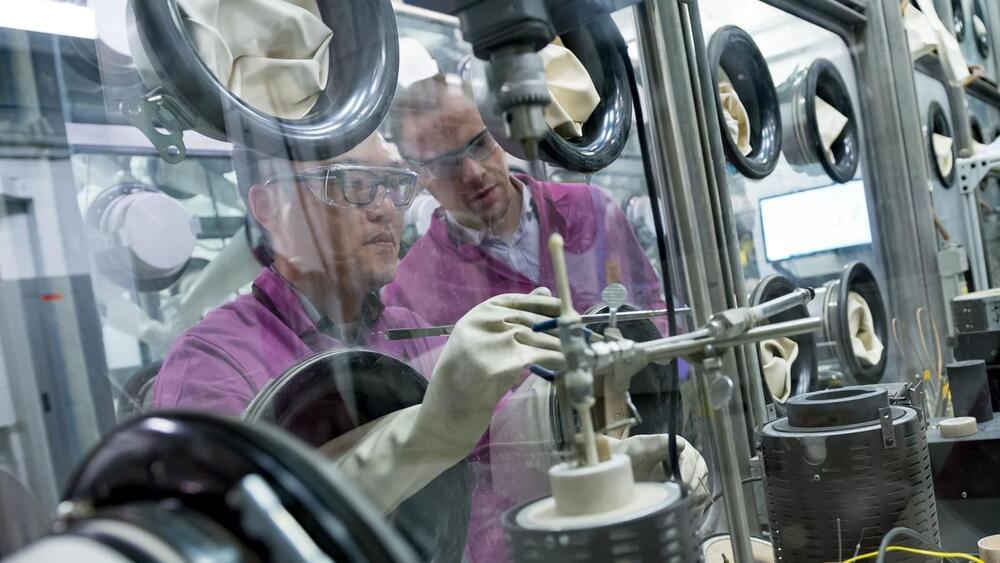
Hot salt, clean energy: How artificial intelligence can enhance advanced nuclear reactors
Technology developed at Argonne can help narrow the field of candidates for molten salts, a new study demonstrates.
Scientists are searching for new materials to advance the next generation of nuclear power plants. In a recent study, researchers at the U.S. Department of Energy’s (DOE) Argonne National Laboratory showed how artificial intelligence could help pinpoint the right types of molten salts, a key component for advanced nuclear reactors.
The ability to absorb and store heat makes molten salt important to clean energy and national climate goals. Molten salts can serve as both coolant and fuel in nuclear power reactors that generate electricity without emitting greenhouse gases. They can also store large amounts of energy, which is increasingly needed on an electric grid with fluctuating sources such as wind and solar power.